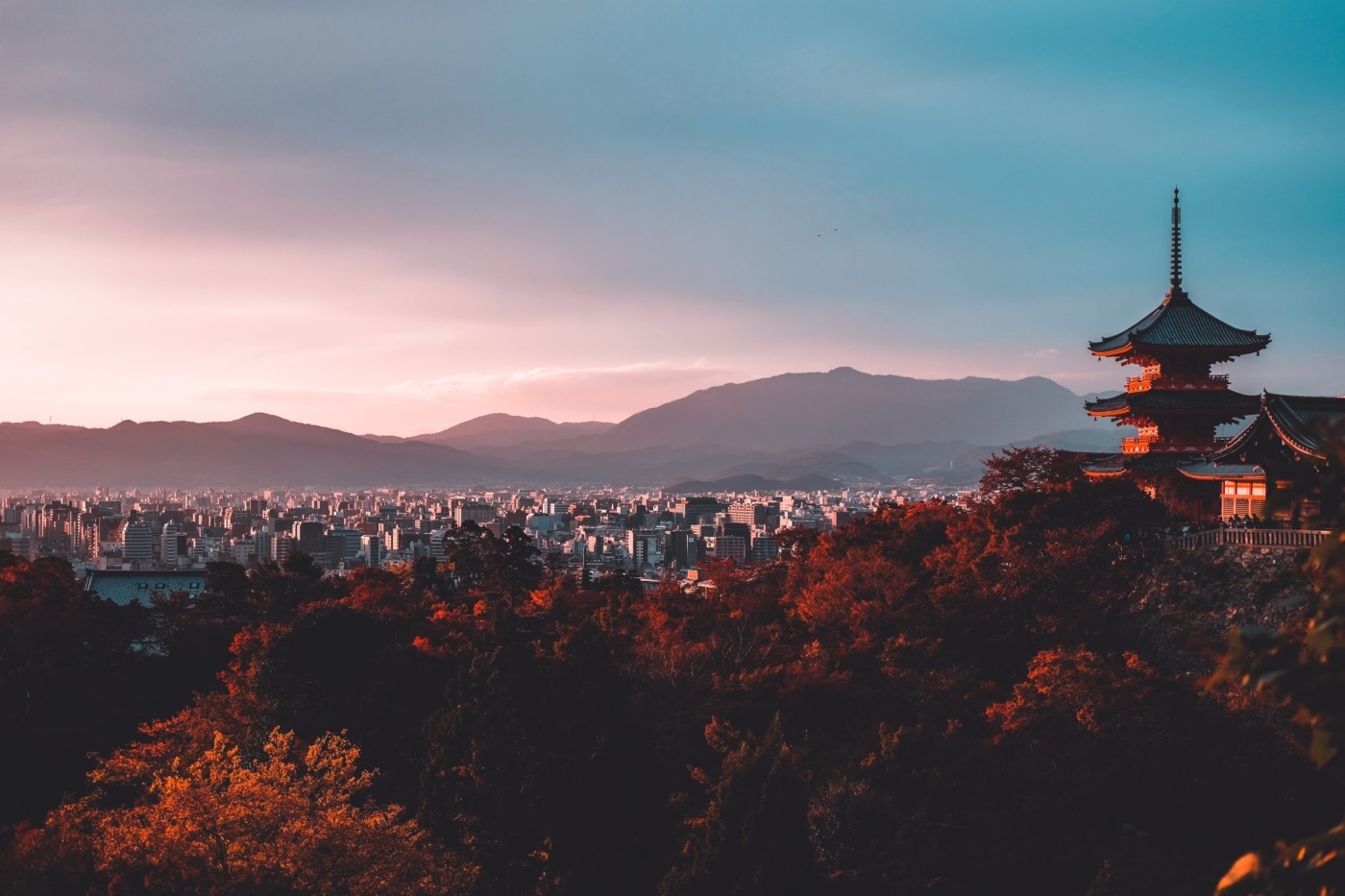Music of the World: Japanese ambient
Japanese ambient environmental is a genre that appeared in the 1980s during the economic boom in Japan. Its origins are somewhat unusual for the world of music, particularly the ambient element; although the genre is filled with experimentation and creativity, it was originally a commercially motivated venture.
In an attempt to corner the cultural market, companies began to commission artist’s music to be played in stores or in advertisements, inadvertently birthing a new wave of earth-inspired ambient music as a result. The music is not easy to access, however – a lot of it exists in corporate archives, on Japanese exclusive compilation albums, or is just blindingly obscure.
An answer to this problem came last year, when Light in the Attic, a Seattle based record label with a history of compiling obscure reissues, put together a compilation album of some of the genre’s highlights. The album, Kankyō Ongaku- translating roughly to ‘environmental music’- collects Japanese ambient, environmental and new age music from 1980-1990, finally making available the best and brightest of the genre.
The album contains music from a variety of artists, and whilst lacking a unified sound, still opens your eyes to a new form of environmental experimentation. To me, this is the true beauty of the genre; its variety. Some songs are synth-driven and layered, like ‘Seiko 3’ (the third song written for the Seiko watch company), while some are slow, bare instrumentals incorporating environmental samples, such as ‘Praying For Mother / Earth Pt.1 or Variation· 3.’
‘Islander’ sees Hisaishi experimenting with electronic music, carrying a much higher tempo than other tracks on the compilation
When streamed, the virtual version of the album contains a significantly reduced tracklist, missing one or two highlights that appear on the physical releases. One in particular, is the Joe Hisaishi track ‘Islander’. Hisaishi is the mastermind behind the scores of Hayo Miyazaki’s films, such as Spirited Away and My Neighbour Totoro. ‘Islander’ sees Hisaishi experimenting with electronic music, carrying a much higher tempo than other tracks on the compilation; you can hear experimentation with the same arpeggiated synths that form the basis of sections of the Nausicaä of the Valley of the Wind OST, perhaps Hisaishi’s best work. A reworked city-pop electronic version of the soundtrack is available under the name Wonder City Orchestra on Spotify; though not as moving as the film’s score, it makes up for it with infectious and cheesy 80s beats.
For those unwilling to drop £60 on the Kankyō Ongaku Vinyl box set, there is a more extensive collection in the form of a Spotify playlist also curated by Light in the Attic, ‘Kankyō Ongaku: A Japanese Ambient Primer’. The three-hour-long playlist explores more niche and unusual ambient, such as the gospel-inspired ‘Le Renard Bleu’ by Midori Takada.
Anyone looking to reach beyond the suggestions of Light in the Attic, Yasuaki Shimizu’s albums Seventh Garden and Music for Commercials both contain exciting experimentations with ambient melodies. There are also the deeply conceptual works of Geinoh Yamashirogumi, a project created by Japanese anthropologist and musician Tsutomu Ōhashi which combines Japanese Noh music, electronic industrial and music from around the world. The group were the masterminds behind the Akira soundtrack, as well as Ecophony Gaia, which was designed to play at the centre of the international gardens in Osaka. Although their music is hard to track down, it’s worth the search.
And even for those who decide ambient isn’t for them, but is still looking to explore Japanese music, Light in the Attic also has an album and companion playlist for the city- pop genre, a far more upbeat electronic style of music, which might be easier on the palette.

Comments